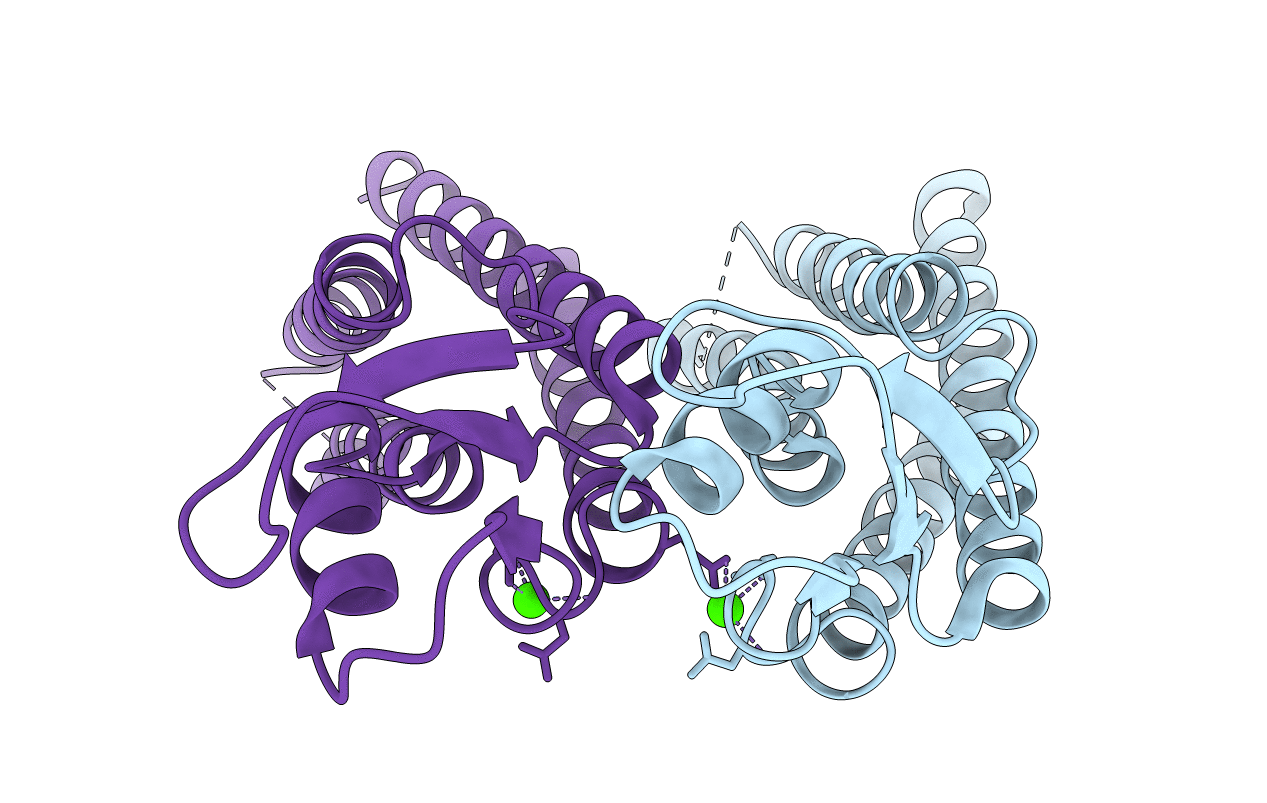
Deposition Date
2015-11-13
Release Date
2016-01-27
Last Version Date
2024-11-06
Method Details:
Experimental Method:
Resolution:
3.29 Å
R-Value Free:
0.31
R-Value Work:
0.27
R-Value Observed:
0.28
Space Group:
H 3 2


